The China Space Station Telescope (CSST) is a 2 m space-based optical-UV telescope. Its primary goal is to carry out a high-resolution photometric imaging survey of a 17,500 square degree sky area using the on board Survey Camera. With its wide field of view (1.1 square degrees) and a mosaic imager containing 640 million pixels, studying the different populations of stars within star clusters is highly feasible. The aim of this study is to assess the CSST's ability to distinguish between stellar populations with varying helium abundance levels, with the help of Modules for Experiments in Stellar Astrophysics. The results of the CSST's photometry for these different populations are presented by transferring the models into the CSST Survey Camera photometric system. The findings confirm that helium-enriched stellar populations will have unique patterns in the color–magnitude diagrams under the CSST photometric system, compared to normal stellar populations. The CSST, with its filters and wide field of view of the Survey Camera, provides a new avenue for the study of multiple populations in star clusters.



